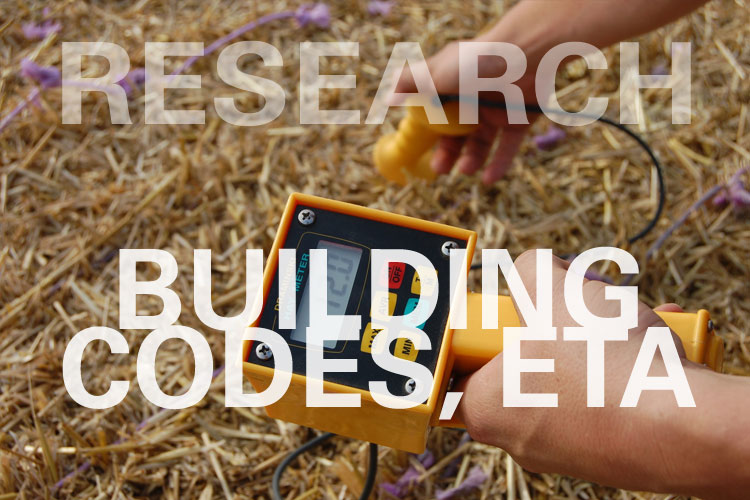This paper examines the processes by which early alternative, green-oriented building codes – namely those for straw bale building – were created. It compares these with the visual processes in industrial design work. The comparison reveals clear parallels in the ways in which tacit and experiential knowledge is conveyed through visual representation. The study examines how straw bale building innovators in Arizona and New Mexico, US, used visual discourse to convey technical knowledge within their own building community, and how they used visual discourse in the form of historical documentation, illustrative sketches, and video footage to make a convincing case for their technique as a viable one for code officials, even though visual representations were not allowed in building standards, per se, at the time. The research methods used are participant observation, in-depth interviews, and discourse analysis.
Author: Kathryn Henderson



